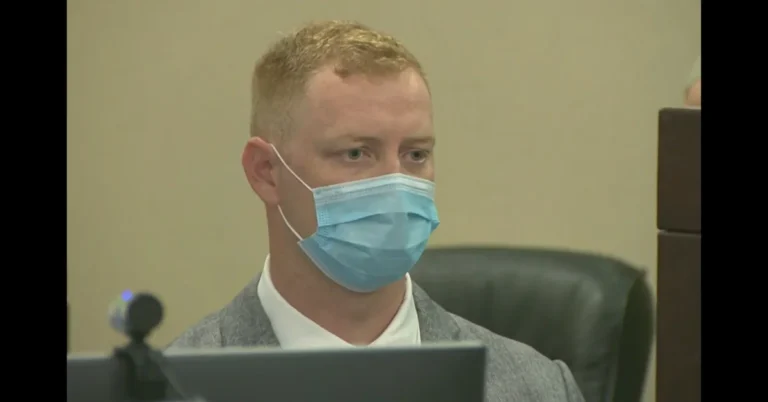The Path to Healing Thrives Through Rehab
Rehabilitation is more than just a medical process; it’s a path to rediscovering oneself. Whether you’re a patient embarking on this significant voyage or a healthcare professional guiding others, understanding the nuances of rehab can make all the difference. In this blog post, we’ll explore the critical role of rehabilitation in the healing process, offering insights, practical tips, and inspiration for everyone involved.
The Role of Rehab in Healing
Types of Rehabilitation and Their Benefits
Rehabilitation is not a one-size-fits-all solution. It encompasses various types tailored to meet different needs:
- Physical Rehab focuses on restoring physical function through exercise, manual therapy, and other interventions.
- Occupational Rehab aims to improve daily living skills, helping patients regain independence.
- Speech and Language Rehab assists those with communication disorders, enhancing their ability to express themselves.
Each type of rehabilitation brings unique benefits, from improved mobility to enhanced cognitive function. Understanding these can help patients and professionals alike to set realistic goals and measure progress effectively.
Navigating the First Steps
Entering Rehab and Adapting to the Environment
The first day of rehab can be overwhelming. New surroundings, unfamiliar routines, and uncertainty about what lies ahead can stir anxiety. However, it’s also the beginning of a promising chapter:
- Orientation Sessions help new patients acclimate. These sessions often include meet-and-greets with staff, facility tours, and explanations of what to expect.
- Setting Personal Goals allows patients to focus on their unique needs. Working with therapists to identify these goals can provide a clear roadmap for recovery.
- Building a Routine is essential. Structured schedules help create a sense of normalcy, making the transition smoother and more manageable.
The Healing Process
A Day in the Life of a Rehab Patient
- Morning Sessions often start with physical therapy. This might include exercises, strength training, or stretching routines designed to enhance physical capabilities.
- Afternoon Activities could involve occupational therapy, where patients practice daily tasks like cooking or dressing, and speech therapy, focusing on communication skills.
- Evening Reflections provide time for relaxation. Many rehab centers offer group therapy sessions, which can be instrumental in emotional healing and building a support network.
The Importance of Support
How Family, Friends, and Healthcare Professionals Contribute to Recovery
- Family Involvement can be a powerful motivator. Regular visits and participation in therapy sessions show patients they are not alone.
- Friends’ Encouragement offers emotional support. Friends who stay connected through calls, texts, or visits can provide a much-needed sense of normalcy and encouragement.
- Healthcare Professionals’ Expertise ensures that recovery plans are tailored to individual needs. Their guidance and support are instrumental in achieving long-term success.
Overcoming Challenges
Dealing with Setbacks and Maintaining Motivation
Recovery is rarely a straight path. Challenges and setbacks are part of the process, but they don’t have to derail progress:
- Identifying Triggers helps prevent setbacks. By understanding what leads to difficulties, patients can develop strategies to avoid or cope with these triggers. Strategic support from drug test facilities, such as those in Utah, can also be beneficial.
- Staying Motivated is vital. Celebrating small victories and setting new goals can keep the momentum going.
- Seeking Support during tough times is crucial. Whether from therapists, support groups, or loved ones, having a network to lean on can make all the difference.
Life After Rehab
Transitioning Back to Daily Life and Strategies for Long-Term Success
Leaving rehab doesn’t mean the end of the recovery journey—it’s just another phase:
- Creating a Support Plan ensures continued progress. This might include regular check-ins with therapists, attending support groups, and maintaining healthy routines.
- Setting Realistic Expectations helps manage the transition. Understanding that progress continues outside of rehab can prevent frustration and disappointment.
- Building a Healthy Lifestyle is key. Incorporating regular exercise, a balanced diet, and mindfulness practices can support ongoing recovery and overall well-being.
Conclusion
Rehabilitation is a powerful tool for healing, but it’s just one part of a lifelong journey. By understanding the process, setting realistic goals, and building a strong support network, patients can achieve remarkable progress. For healthcare professionals, staying informed and empathetic can enhance the support they provide.
Keep an eye for more news & updates on Buzz Released!





